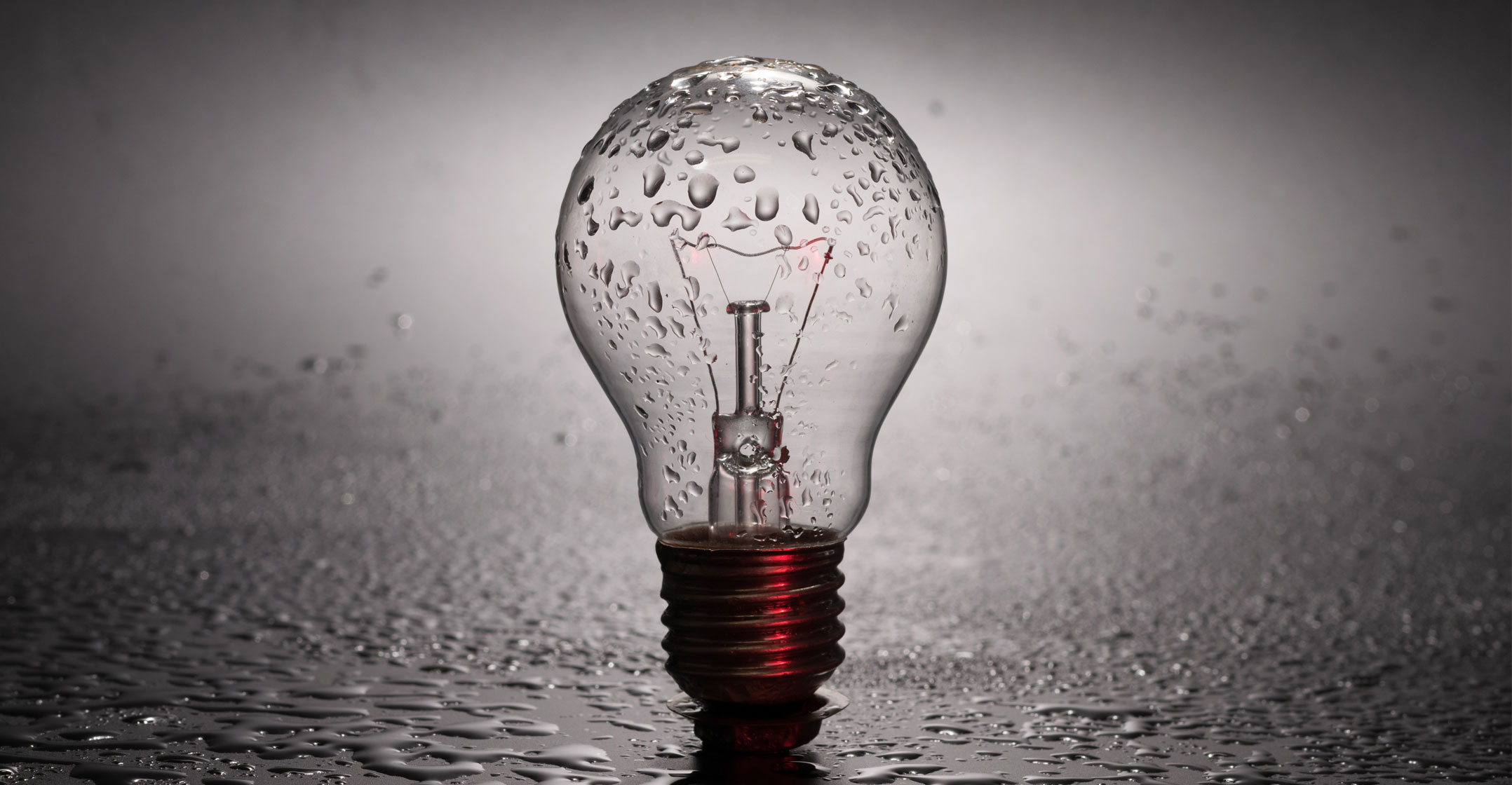 We now know that the dramatic and chaotic escalation of load shedding on Saturday — from stage two to stage three and then stage four within hours — was caused by the loss of imports of 1.1GW of power from Mozambique.
We now know that the dramatic and chaotic escalation of load shedding on Saturday — from stage two to stage three and then stage four within hours — was caused by the loss of imports of 1.1GW of power from Mozambique.
Tropical cyclone Idai damaged the transmission lines that carry power to South Africa from Cahora Bassa. Eskom has to maintain an operating reserve of 2GW at all times, hence the need from Saturday to curtail load through load shedding (which is, effectively, managed blackouts).
The current underlying problem in Eskom’s generating unit, though, is worse than simply what happened in Mozambique on Saturday. On Friday, it announced that load shedding would continue until Sunday. City Press/Rapport cites acting head of generation Andrew Etzinger as saying that two further units at its power stations “became inoperative” on Friday night. Whether this caused the announcement, we will never know.
Along with the announcement on Friday came the “forecast” that stage-two load shedding would continue until “the middle” of this week. This is unprecedented. And the only reason that this forecast was/is “only” until Wednesday is because a de facto long weekend starts on Thursday! With imports off the table for days (if not weeks), expect the forecast to deteriorate.
What Eskom hasn’t said explicitly is that it relied (heavily) on its pumped storage schemes to keep the lights on during Saturday. These schemes — Drakensberg, Ingula and Palmiet — together (nominally) produce 2.7GW. They are not intended to produce base-load power for the simple reason that they are net users of electricity. In other words, they use more power than they produce.
Opaque
The schemes are used to supply electricity during peak periods, with water being pumped back up during off-peak periods (overnight).
The details are generally couched in opaque references to “water reserves”, but on Saturday night Eskom for the first time stated that stage-two load shedding would continue through the night “in an effort to build up necessary water reserves in the pump storage scheme”.
Presumably it is referring to at least both Drakensberg and the new Ingula power station, which together can generate 2.3GW. The decision to continue with load shedding through the night was another unprecedented one (it has never before continued beyond 11pm) and points to the utility once again using the pumped storage schemes for base-load power through Sunday.
 It must also be noted that recent instances of load shedding run for longer, often starting at 8am and ending at 11pm. Previously, load shedding would run until 9pm only. This suggests far less of a peak problem (which was the case, historically), and more of a base-load generation issue.
It must also be noted that recent instances of load shedding run for longer, often starting at 8am and ending at 11pm. Previously, load shedding would run until 9pm only. This suggests far less of a peak problem (which was the case, historically), and more of a base-load generation issue.
Eskom’s (now outdated) infographic about stage-four load shedding explains matter-of-factly that “should there be a need to go beyond stage four, Eskom and the municipalities will implement contingency schedules”. But late last year the utility published schedules for load shedding all the way to stage eight, something it was forced to do by the National Energy Regulator of South Africa. This is a good thing, as one wonders whether these “contingency schedules” were as detailed and robust as they ought to have been.
Part of the decision to use the pumped storage schemes as base load power sources in an unexpected emergency was surely to ensure that the utility avoided — at all costs — a situation where load shedding shifted to stage five. It has never before removed more than 4GW of demand from the grid (under the old stage-three and new stage-four regimes). Because of this, a scenario where it is forced to cut demand by 5GW or 6GW inherently carries a number of risks. A lot is made of the fact that it would be politically unpalatable to shift to stage five, but the country is hurtling towards an election with load shedding almost certainly a regular occurrence until then.
In its most recent status report, Eskom says total installed capacity is 46.3GW. From a capacity point of view, it includes the “expect import at Apollo” (the approximately 1.1GW from Mozambique) and excludes “Avon and Dedisa”. It is a mystery why it would even contemplate including either of the latter, given that they are peaking plants operated by independent power producers.
Mismatch
Using that report, we can see that in the first week of the month, Eskom had somewhere between 26.3GW and 28.1GW available to fulfil peak demand. We do not know the performance of various plants (or even types of plants), but we do know that given the demand/supply mismatch, Eskom is relying heavily on its pumped storage schemes, and its gas/diesel peaking plants.
Strip this out of the equation (as well as imports and Koeberg) and it is highly probable that Eskom has less than 19GW available from its coal fleet.
There is an additional 700MW in hydroelectric and wind power (from Eskom’s Sere Wind Farm), with use of the former at the Gariep and Vanderkloof dams “restricted to periods of peak demand”. Factor this in, and the total starts looking a lot closer to 18GW.

Whether or not renewables and other independent producers are included remains unknown. But with 1GW accessible from Avon and Dedisa, it wouldn’t be a stretch to imagine that these very much form part of “available generation”. A well-placed source suggests that Avon (670MW) has often been running for 24 hours a day in recent weeks.
Even at a generous 20GW, the electricity available from Eskom’s coal fleet is barely 52% of the about 38.6GW nominal capacity. At 19GW available from coal, it drops below 50%. The utility keeps saying that available generation capacity availability is 67% (versus a 80% target), with a reported energy availability factor (EAF) of about 62%.
In its core coal fleet, the numbers are horrifyingly worse. And it’s this story that Eskom isn’t telling (and won’t).
- Hilton Tarrant works at YFM. This article was originally published on Moneyweb and is used here with permission

